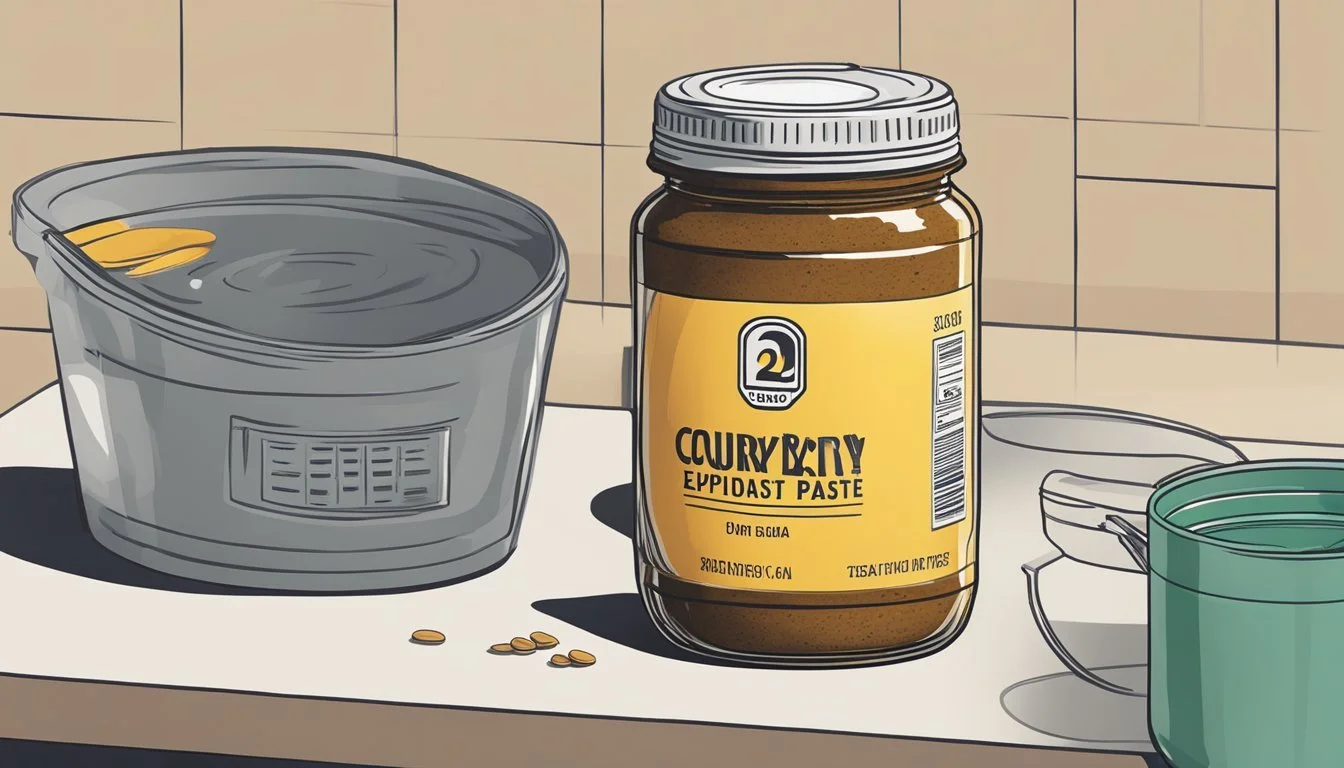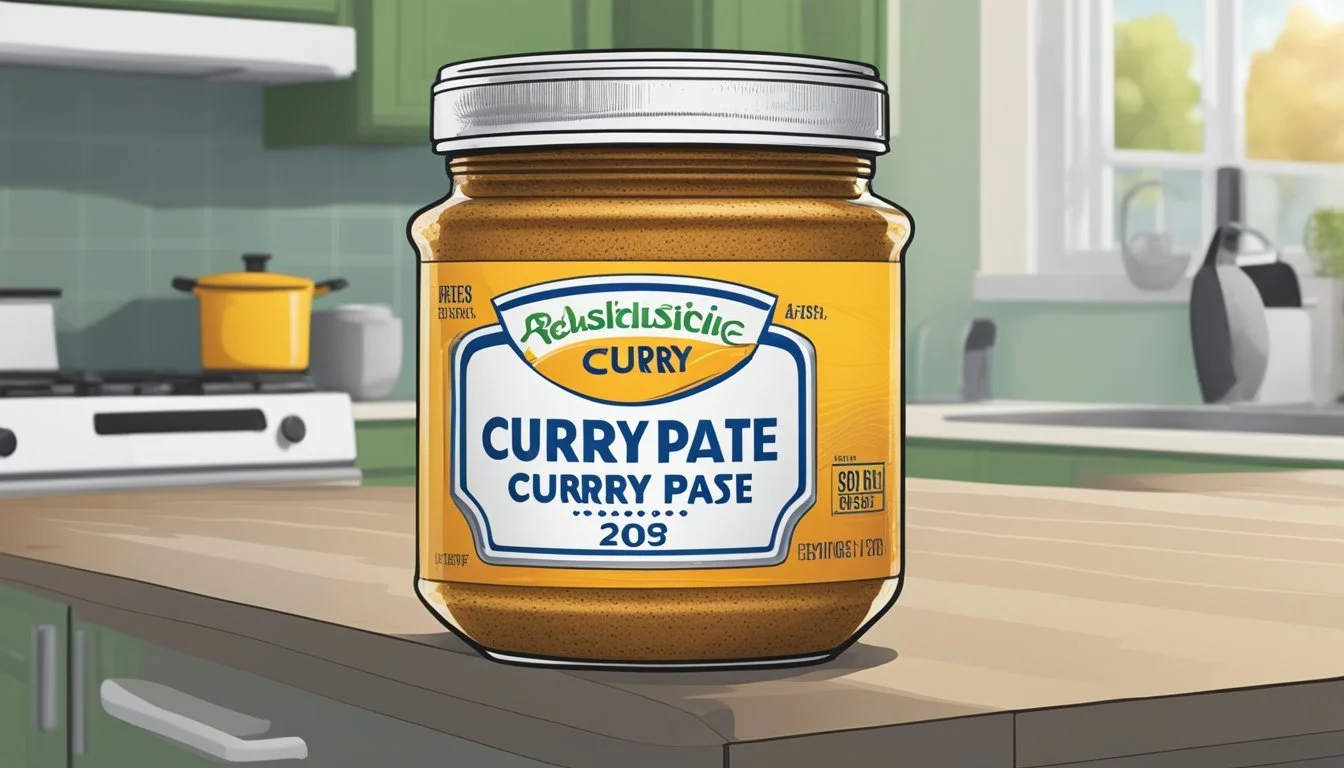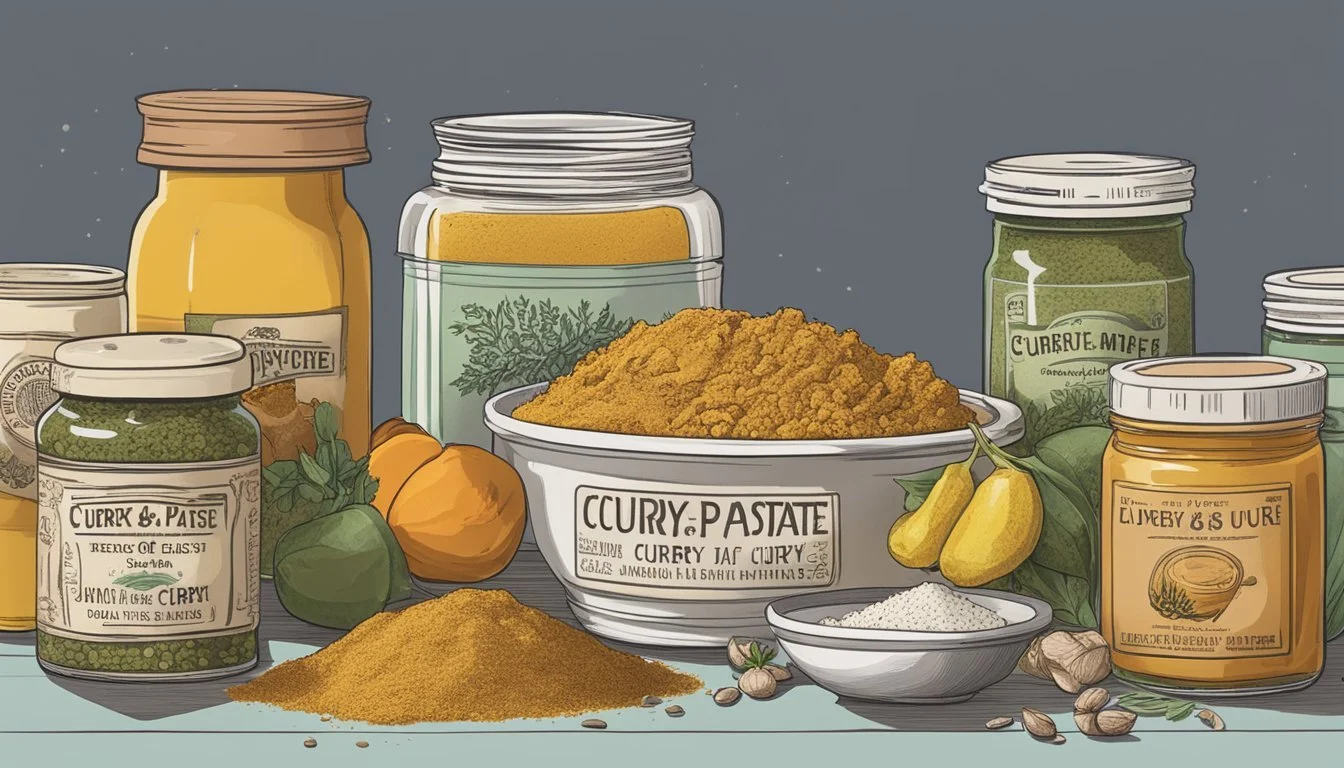Is it Safe to Use Expired Curry Paste?
Understanding Food Safety and Quality
When it comes to cooking with aromatic spices and herbs, curry paste is a staple ingredient in many cuisines, particularly in South Asian and Southeast Asian dishes. This complex blend of flavors is a key component in imparting the signature warmth and depth to curries. Consumers often find themselves with jars of curry paste that have surpassed their expiration dates, leading to a common question: is it safe to use expired curry paste?
While safe consumption is paramount, the issue of using expired curry paste isn't simply a matter of safety—it's also about flavor. The spices in curry paste tend to lose their potency over time. Although an opened curry paste is generally considered to be safe for several months when refrigerated, it is typically most flavorful if used within a few weeks. On the other hand, an unopened jar of curry paste may remain safe to use for years past its printed expiration date, especially when stored in a cool, dry place. However, it is essential to inspect the curry paste for any signs of spoilage before use, such as an off smell, change in color, or mold, as these are indicators that the paste should not be consumed.
Understanding Curry Paste
Curry paste is a concentrated blend of spices and aromatics that provides the foundational flavor and color to a variety of dishes in Indian and Thai cuisine.
Composition and Types
Curry paste typically comprises a mixture of spices such as cumin, coriander, and turmeric, along with fresh ingredients like garlic, ginger, and lemongrass. The paste is bound together by oil, which helps in preserving the flavors. There are several types, primarily delineated by their color and region of origin.
Red Curry Paste: Predominantly used in Thai cuisine, it includes red chilies for a vibrant color and a potent heat profile.
Green Curry Paste: Also Thai, this version gets its color and a milder flavor from green chilies, cilantro, and lime leaves.
Yellow Curry Paste: Mild and slightly sweeter, often used in Indian cuisine, it achieves its color predominantly from turmeric.
Thai Curry Paste: These pastes often involve a mix of spices and shrimp paste, tailored to specific Thai dishes.
Indian Curry Paste: Indian versions may include a wider variety of spices and use tomato or tamarind to create a richer base.
Shelf Life Factors
The shelf life of curry paste can be influenced by various factors, such as:
Ingredients: Fresh ingredients can shorten the lifespan, whereas a higher concentration of oil and spices may extend it.
Packaging: Airtight and properly sealed containers help in retaining freshness.
Storage: A cool, dry place prolongs shelf life, and refrigeration is recommended once opened.
Storage Condition Expected Shelf Life Unopened, Pantry Up to 3 years for Thai; 2 years for Indian Opened, Refrigerated 2 weeks optimal for Thai; 1-2 months for Indian
By understanding these key components and storage practices, consumers can make informed decisions regarding the use and longevity of their curry paste.
Assessing Curry Paste Freshness
In determining whether curry paste is still suitable for use, consumers should understand the role expiration dates play as well as the perceptible signs that can indicate spoilage.
Expiration Date Significance
The expiration date on a jar of curry paste typically serves as a guideline for optimal quality rather than a strict safety cutoff. The freshness of curry paste can extend beyond this date, especially if it has been stored properly. However, it is not a guarantee of safety, as improper storage conditions can accelerate spoilage regardless of the date printed on the packaging.
Visual and Olfactory Indicators
When examining curry paste for freshness, individuals should conduct both visual and olfactory assessments:
Visual Inspection: Look for any changes in color or texture. Darkening of the paste or separation of oil can occur over time. The presence of mold or any foreign particles is a clear indication that the curry paste should be discarded immediately.
Smell Test: Trust your sense of smell. If the curry paste emits an unusual or off odor, it's a sign that it may have gone bad. Fresh curry paste will have a robust, aromatic scent indicative of its spices and ingredients.
It is essential to consider these factors to avoid the risks of using spoiled curry paste.
Storage Techniques
Proper storage techniques are essential to maintain the quality and safety of curry paste. These methods affect the shelf life and flavor integrity of the product.
Optimal Storage Conditions
To ensure curry paste retains its quality, one should store it in a cool, dry place away from direct sunlight. Ideal storage temperatures range below room temperature but above freezing. Excessive humidity can compromise the paste, leading to degradation and the potential for mold growth.
Refrigeration vs. Freezing
Once opened, transferring curry paste to the refrigerator is crucial for preservation. Place it in an airtight container to prevent contamination and flavor loss. In refrigeration, curry paste can remain in good condition for up to three months.
For long-term storage, freezing the curry paste is effective. Use freezer-safe airtight containers or sealed bags to protect against freezer burn. An alternative is portioning the paste into ice cube trays, covering them with cling film, and then transferring the frozen cubes into a sealed container. This method can extend the curry paste's usability far beyond refrigeration timelines.
The Risks of Expired Curry Paste
When curry paste surpasses its expiration date, concerns regarding spoilage and bacteria arise, potentially leading to health complications. It's important for consumers to recognize these risks and handle expired curry paste with caution.
Food Spoilage and Bacteria
Expired curry paste may show signs of spoilage, a process driven by bacteria growth and enzymatic reactions that break down food components. Spoilage can often be identified through:
Visual changes: Discoloration or mold presence.
Odor alteration: A sour or otherwise unpleasant smell.
Bacteria such as salmonella and E. coli are common in foods that are not preserved or cooked properly, and the risk of these bacteria increases in expired products.
Health Implications of Using Expired Products
Using expired curry paste can lead to food poisoning, with symptoms that may include:
Nausea
Vomiting
Diarrhea
Abdominal pain
Certain high-risk individuals, including the elderly, young children, and those with compromised immune systems, are particularly vulnerable to the health risks associated with bacterial contaminants in expired food products.
Proper Usage of Expired Curry Paste
Expired curry paste can still be used, but it requires careful assessment to ensure it's safe. One needs to check the aroma, texture, and taste, and use it in a way that best preserves the dish's intended flavor.
Cooking With Expired Curry Paste
When cooking with expired curry paste, one should take additional steps to enhance the dish. Expired paste may have a milder flavor, thus requiring a slightly larger amount than usual, but one should avoid overpowering the dish.
Enhancing Flavor:
Start with a small amount: Add the paste gradually, tasting as you go.
Supplement with fresh spices: Add fresh herbs or spices to compensate for any loss in potency.
Balancing Aroma:
Use aromatic ingredients like onion, garlic, or fresh herbs to boost the aroma if the paste's fragrance has diminished.
Texture Adjustments:
If the texture of the expired paste is slightly drier, one may need to mix in a liquid such as water or coconut milk to smooth it out for even cooking.
Assessing Safety Before Use
Safety is paramount when deciding to use expired curry paste. It must not be used if there are signs of spoilage or doubt about its storage conditions.
Visual Inspection: Look out for any mold or unusual discoloration.
Smell Test: The paste should retain its original spice-dominant aroma; any off smells are a clear indicator it should not be used.
Taste Consideration: If the initial taste tests show significantly faded or altered flavor, it's best to discard the paste.
Heeding these precautions, one can determine the appropriate use of expired curry paste to ensure the final dish is both safe to consume and flavorful.
Maximizing the Life of Curry Paste
Maximizing the shelf life of curry paste ensures both flavor and safety remain intact. Proper storage methods can extend the life of both opened and unopened jars of curry paste.
Best Practices for Extending Usability
To extend the usability of curry paste, consumers should focus on storage. An unopened jar of curry paste can last up to two years in a cool, dry place, such as a pantry or kitchen cabinet. Upon opening, transferring curry paste to an airtight container can prevent contamination and exposure to moisture, which can lead to spoilage. Refrigerating an opened jar is essential and can preserve the paste for up to three months.
Unopened Jar: Store in a cool, dry place away from direct sunlight.
Opened Jar: Refrigerate in an airtight container immediately after use.
Strategies for Preserving Flavor
Preserving the flavor of curry paste revolves around minimizing exposure to elements that accelerate degradation. Preservatives in curry paste help maintain its taste over time, but proper handling is key. Once the seal is broken, limiting the paste's contact with air is crucial. An effective strategy is to:
Minimize Air Exposure: Use clean utensils to prevent introducing bacteria.
Temperature Control: Refrigerate promptly and keep the temperature consistent.
By adhering to these strategies, one can ensure that the curry paste retains its intended flavor profile for as long as possible.
Creative Uses for Aging Curry Paste
Aging curry paste may not have the freshness of a newly opened jar, but it can still add flavor and complexity to various dishes. The trick lies in using it in ways that balance its matured characteristics.
Alternative Culinary Applications
One can utilize aging curry paste in less conventional but equally delightful ways. For instance, chefs often incorporate it into soups to add a depth of flavor. A tablespoon or two can transform a simple broth into an aromatic base. It can also serve as a savory boost to stews, where its concentrated spices meld over slow cooking. When it comes to snacking, aging curry paste can be mixed with cream cheese or hummus to create a zesty spread for crackers or vegetables.
Soup Enhancement
Aromatic Broth: Enhance broths by stirring in curry paste.
Stew Base: Mix into stews for slow-cooked flavor infusion.
Snack Spread
Curry Cream Cheese: Combine with cream cheese for a unique spread.
Flavored Hummus: Add to hummus for an extra kick.
Recipe Adaptations
Modifying existing recipes to include aging curry paste can yield delicious results. One can liven up marinades, imparting a robust flavor to meats and vegetables before grilling or roasting. Ageing curry paste also works well when integrated into the base of rice dishes, lending its complex flavor profile to the grains. Innovative cooks might also blend it into salad dressings, giving an unexpected twist to greens and cold dishes.
Marinade Mix-In
Meat Marinade: Add to marinades for meats to enrich flavor.
Vegetable Booster: Brush on vegetables before grilling.
Rice Dish Flavoring
Spiced Rice Base: Stir into rice dishes for enhanced taste.
Dressing Ingredient
Salad Dressing: Blend into dressings for a flavorful punch.
Utilizing aging curry paste in these ways allows the ingredient to shine and brings a creative twist to everyday meals.






